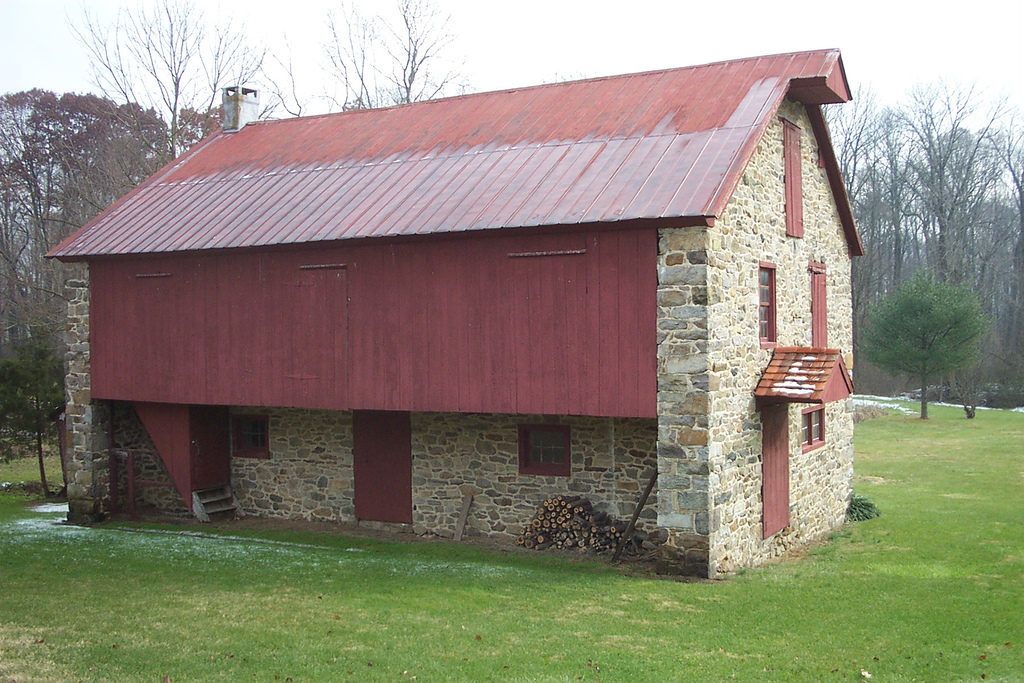Oley Township was settled in 1712 when a land warrant was issued to Isaac DeTurck. The origin of its name comes from the Lenni Lenape workd Olink, which means a hollow, or kettle. Fertile soils of the valley attracted many immigrants from European countries such as England, France, Germany and Switzerland. By the time the township government was established in 1740, large portions of township land had been acquired by more than 50 families.
It was during the colonial times when Oley’s historic character was established through land use, architecture, and family heritage. Many features like farms, fencerows, and roads follow boundaries that were created back in 1840. Landmarks such as stone farmhouses, barns and outbuildings resemble that of distinct Pennsylvania German architecture, which can be found in good standing quality in Spangsville and Oley Furnace. Oley is well known for its farming heritage as well. The productive soils in this area have allowed it to create a strong agricultural base for many families throughout the years. In fact, there are three farms that have kept ownership in the same family for more than 250 years. During the 1990’s, zoning for agricultural areas was enacted for the township and over 6,000 acreas have been protected.
Along with fertile soils, the creeks have played an important developmental role in Oley. Waterpower was utilized from fast flowing creeks such as the Bieber, Furnace, Little Manatawny, Manatawny, and Monocacy. In the 18th and 19th centuries these waterways powered fullling, grist, lumber, and paper mills, also allowing for the establishment of the major iron works villages of Oley Forge and Oley Furnace.
Much of the township’s growth in the 19th century took place in the villages of Oley and Pleasantville, which were formed around inns or taverns. These villages served as a central place of mixed manufacturing for businesses and retired farmers. Between the years of 1860 and 1960, Main Street, Oley was the primary commercial center.
